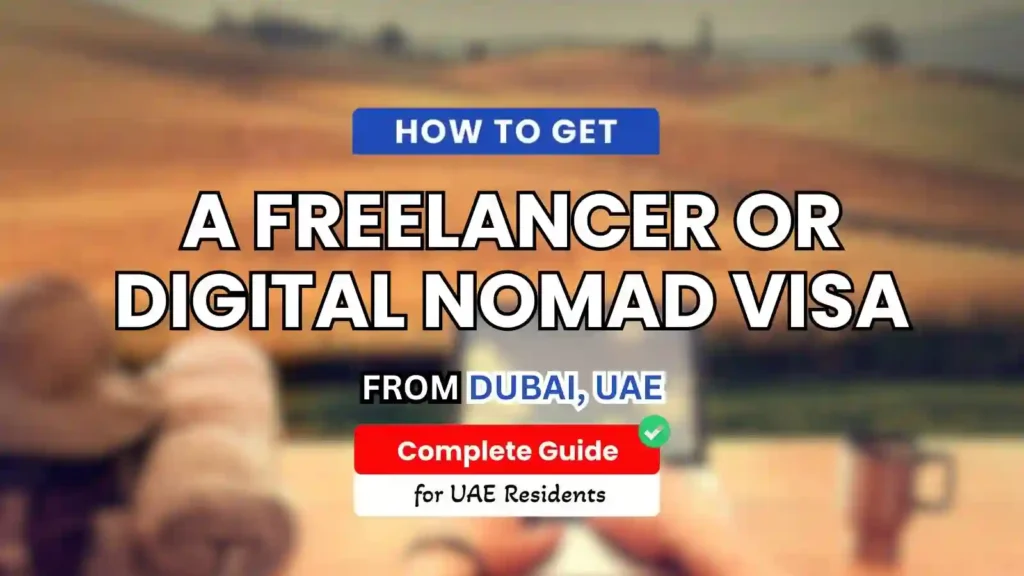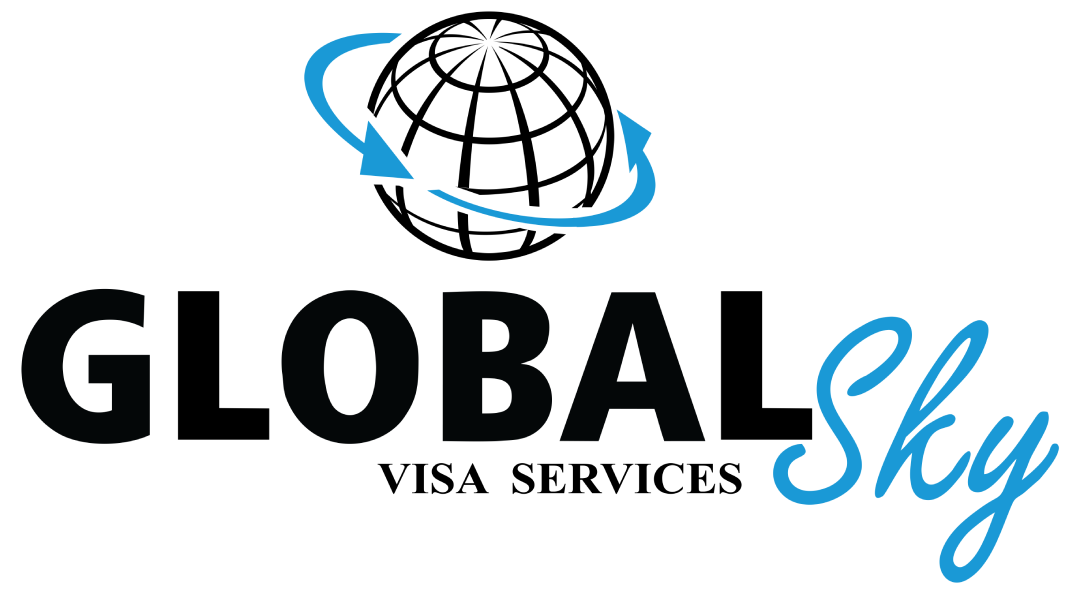
Remote work sounds dreamy until you’re trying to answer emails on shaky café Wi-Fi. Still, the appeal is real: new streets, new food, the same job. If you’re based in the UAE, you already live in a hub that loves efficiency and paperwork done right—great training for visa life. I always ask myself one question before I go down the rabbit hole: what do I actually want from this move—sun, time zone overlap, lower costs, or a path to stay longer? Your answer will guide every choice that follows.
Know what these visas really are
A freelancer or digital nomad visa lets you live in a country while you earn from clients or an employer outside it. That last part matters. You’re bringing income with you, not competing for local jobs. Most visas run six months to two years and can be renewed if you’re still meeting the rules. Think of it like renting a desk in a country: you can sit there, work there, spend there—but the money comes from elsewhere.
Pick a base that fits your life
It’s easy to chase pretty pictures, but pick a country like you’d pick a coworker: reliable, helpful, and not too hard to get along with. I look at four things first. Cost of living: will my income breathe or gasp? Visa length and renewals: is this a holiday fling or something steadier? Taxes: do I owe anything after a certain number of days? Internet and infrastructure: can I upload a 2 GB file without praying to the router? If a place ticks those boxes, it makes the shortlist.
Know your numbers
Most programs ask you to prove steady income—think a minimum monthly amount for the last three to six months. Bank statements, active contracts, and a quick letter from your employer or clients usually do the trick. I keep a “visa pack” ready at all times: clean PDFs of statements, invoices, and a one-page summary of my earnings that matches what the statements show. When numbers are tidy, the conversation is short.
Get your papers tidy early
Documents are where applications rise or fall. You’ll typically need a passport with enough validity, proof of remote work or self-employment, health insurance, a UAE police clearance, and accommodation evidence at your destination. I keep everything in one cloud folder named with the country and the year, because future me loves not hunting through downloads at 1 a.m. If translations or notarizations are required, I do them first; they always take longer than you think.
Apply from home, calmly
Most countries let you apply from the UAE through an embassy, a visa center, or an online portal. Processing can be quick or leisurely, so build in a buffer. I book travel only after I have either an approval or very clear guidance on timing. It’s boring advice, but avoiding non-refundable bookings has saved me more stress than any productivity hack ever did.
Plan your landing like a pro
Once approved, set yourself up to work from day one. I book accommodation that meets visa rules and is within walking distance of a good grocery store and a quiet café with strong Wi-Fi. I bring a small “office kit”—a lightweight laptop stand, a short extension, and noise-blocking earbuds. It’s not glamorous, but it turns any table into a desk. I also download offline maps, bus routes, and a few local food spots so I can settle in without wandering hangry.
Think about taxes and time zones
I’m not your accountant, but I will say this: know your days. Many countries treat you as a tax resident after you stay past a threshold, and some visas have friendly rules if you plan properly. A quick chat with a tax professional is cheaper than guessing. Also consider time zones. If your team sits in Dubai, a small shift to Europe feels easy. If your clients are in North America, plan your hours so work doesn’t swallow your evenings. The best schedule is the one you’ll actually keep.
Work, live, and not burn out
The romance of “work from anywhere” fades if you never log off. I block my calendar with two kinds of time: deep work in the morning, wandering in the late afternoon. That rhythm keeps the laptop happy and the soul awake. I set simple rules—no big meetings on arrival day, no new cities on days with major deadlines, and one device-free walk daily. When I follow them, my output goes up and my mood comes with it.
Stay safe, legal, and connected
Keep digital and printed copies of your visa, insurance, and passport. Save embassy numbers and your insurer’s 24/7 line in your phone. Use local SIMs or eSIMs; they’re cheaper and more reliable than chasing café Wi-Fi. For money, pay in local currency, turn on card alerts, and keep a backup card in a different pocket. If your visa requires check-ins, local registration, or proof of address updates, treat those like meetings with your future self—show up on time and bring the right papers.
Common hiccups—and how to dodge them
Most problems are small and predictable. Accommodation proof missing? Book a cancellable place and update later. Income doesn’t quite meet the minimum one month? Wait another cycle and let the numbers settle. Background check taking ages? Start it as soon as the idea crosses your mind. A little patience beats a rushed file every time. And if a document looks inconsistent, fix it before you submit—officers like clean stories.
Final word
A freelancer or digital nomad visa isn’t magic; it’s a framework. Pick a country that matches your budget and your rhythm, gather proof of income, line up the right documents, and apply with a file that looks “yes-ready.” Plan your landing, protect your time, and be a good guest who follows the rules. Do that, and the dream becomes daily life: emails sent from sunlit kitchens, calls taken on quiet walks, weekends that feel like small adventures, and a career that travels as well as you do.
